Grand Rounds Recap 11.15.23
Taming the SRU
DECEMBER 8, 2023
EMS had reported she had coded en route. She presented with a core temp of 30C and her CT scan did not show a devastating head injury as was expected. She regained pulses with warming on arrival. Her labs and imaging that did not show signs of significant hypoxia/ischemia. It is possible she was just severely hypothermic.







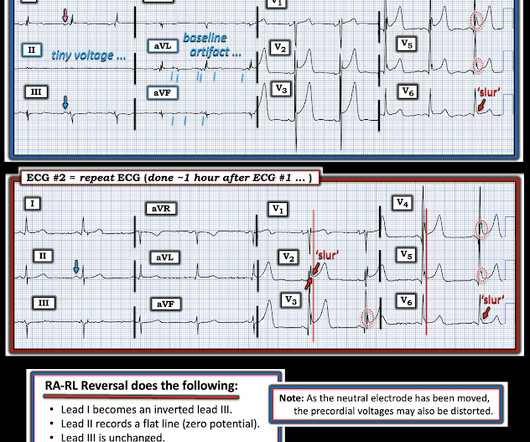







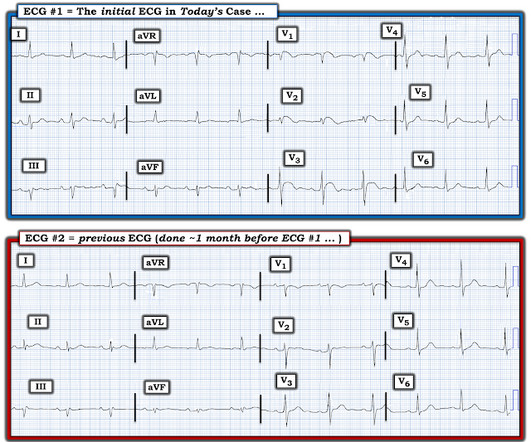


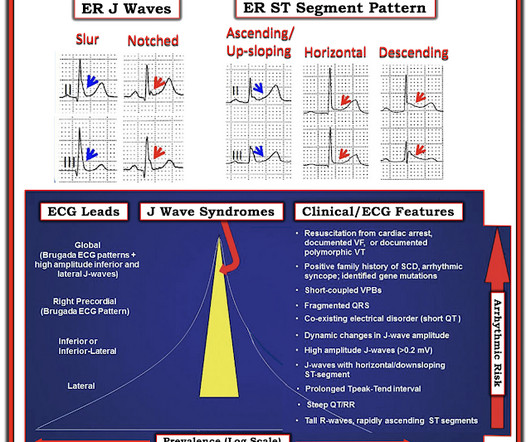

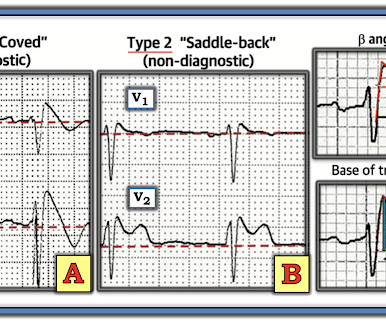

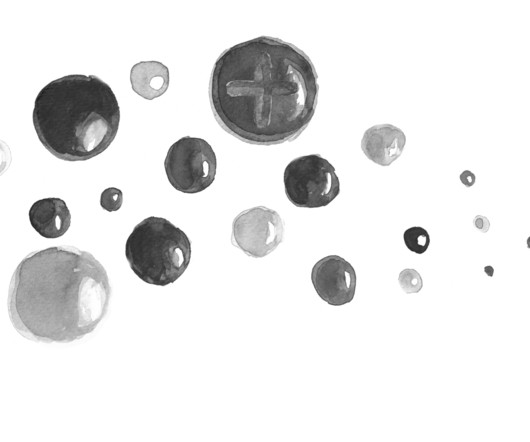
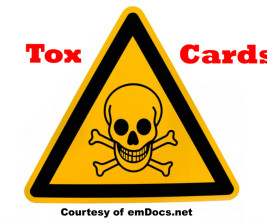







Let's personalize your content